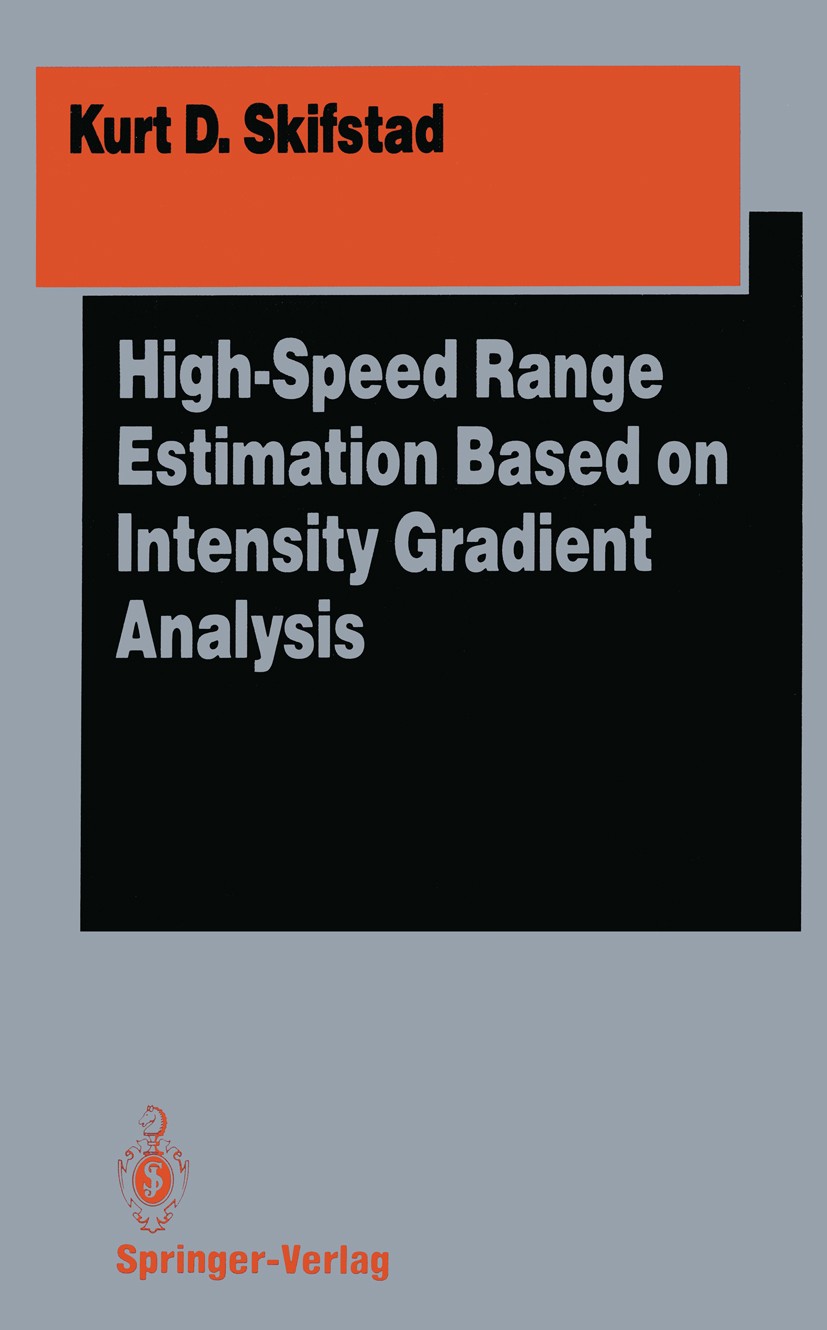| 书目名称 | High-Speed Range Estimation Based on Intensity Gradient Analysis |
| 编辑 | Kurt D. Skifstad |
| 视频video | http://file.papertrans.cn/427/426765/426765.mp4 |
| 丛书名称 | Springer Series in Perception Engineering |
| 图书封面 |  |
| 描述 | A fast and reasonably accurate perception of the environment is essential for successful navigation of an autonomous agent. Although many modes of sensing are applicable to this task and have been used, vision remains the most appealing due to its passive nature, good range, and resolution. Most vision techniques to recover depth for navigation use stereo. In the last few years, researchers have started studying techniques to combine stereo with the motion of the camera. Skifstad‘s dissertation proposes a new approach to recover depth information using known camera motion. This approach results in a robust technique for fast estimation of distances to objects in an image using only one translating camera. A very interesting aspect of the approach pursued by Skifstad is the method used to bypass the most difficult and computationally expensive step in using stereo or similar approaches for the vision-based depth esti mation. The correspondence problem has been the focus of research in most stereo approaches. Skifstad trades the correspondence problem for the known translational motion by using the fact that it is easier to detect single pixel disparities in a sequence of images rat |
| 出版日期 | Book 1991 |
| 关键词 | algorithms; calibration; control; high-speed range estimation; intensity gradient analysis; machine visio |
| 版次 | 1 |
| doi | https://doi.org/10.1007/978-1-4612-3112-7 |
| isbn_softcover | 978-1-4612-7801-6 |
| isbn_ebook | 978-1-4612-3112-7Series ISSN 1431-858X |
| issn_series | 1431-858X |
| copyright | Springer-Verlag New York Inc. 1991 |
 |Archiver|手机版|小黑屋|
派博传思国际
( 京公网安备110108008328)
GMT+8, 2026-1-2 06:51
|Archiver|手机版|小黑屋|
派博传思国际
( 京公网安备110108008328)
GMT+8, 2026-1-2 06:51


